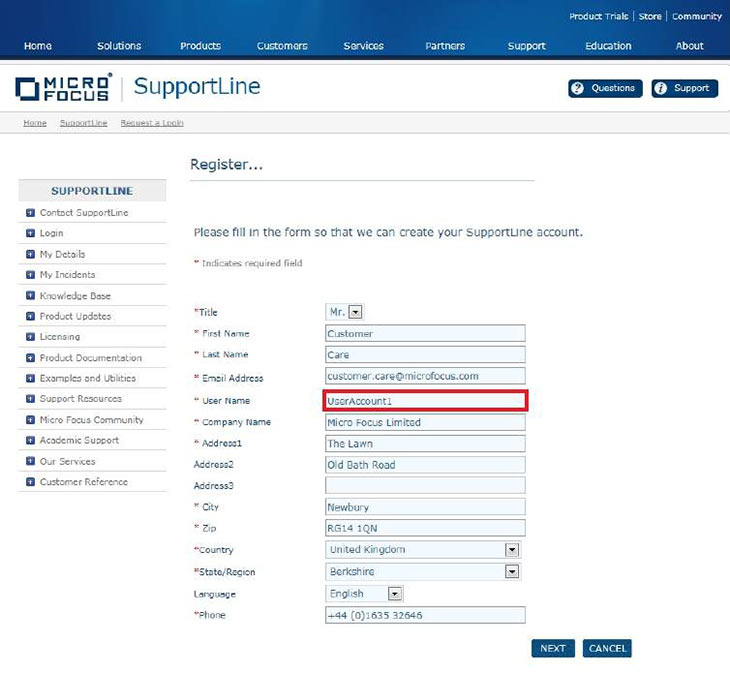
Power Rules Manager for Outlook simplifies managing your Outlook rules. Your rules will be shown in a clear and simple grid, which can be sorted by simply. Power Rules Manager Serial Number Average ratng: 5,0/5 5617votes. USB Wikipedia. Universal Serial Bus USBCertified USB logo. Production history. Compaq, DEC, IBM, Intel, Microsoft, NEC, and Nortel. Serial port, parallel. Edit Listview Subitem In Vb6 Runtime more. Includes four validation checks including finding duplicate rules. Version 5.1: Power Rules Manager for Outlook 2013/Outlook 2010/Outlook. Power Rules Manager.
In the previous post, we discussed how to setup your DHCP and TFTP servers to allow your ESX hosts to PXE boot. However, once an ESX host boots, it will need directions to know what to boot. This is where Auto Deploy Rules come in. Cara Download Film Di Youtube Menggunakan Hp Android there. Download an ESXi Offline Bundle You will need at least one offline ESXi bundle, which will allow you to attach ESXi to an Auto Deploy rule (we’ll talk about this later on) Go to and click on the version of ESXi you wish to use. You will see an ‘ESXi Offline Bundle’ ZIP file. Download the file and remember the location where you placed it. Do not unzip this file as you will need the full ZIP file for Auto Deploy.
Add ESXi to the Software Depot Once you have the ESXi Offline Bundle, you will need to add it to the Software Depot. To add the Offline Bundle to the Software Depot, you will use the ‘ Add-EsxSoftwareDepot’ cmdlet along with the location of the bundle: Add-EsxSoftwareDepot C:REPOVMware-ESXi-6.0.0-2494585-depot.zip Once this file has been loaded successfully, you will see the Depot URL: You can then use the ‘ Get-EsxImageProfile’ cmdlet to see the versions of ESXi available to you from the bundle that was just uploaded. In the image below, you can see that there are two versions of ESXi 6.0.0; standard, and no-tools: Save the desired version in a variable: $os = Get-EsxImageProfile -Name “ESXi-6.0.0-2494585-standard” Create Deploy Rules A Deploy rule is used to determine which hosts boot a specific version of ESXi. There are two important pieces of information needed to create the deploy rule; items and patterns. The items determine what object to associate to the ESXi host and the patterns determine which ESXi hosts are a part of the specific rule. The following are patterns that can be specified: • Asset – The host’s asset tag • Domain – Domain name • Hostname – The Machine’s hostname • IPv4 – IP address of the host.
This can be a specific IP Address or a range • MAC – MAC address of the NIC used in PXE boot • Model – Host’s model name • OEMstring – OEM string from the BIOS • Serial – Serial number of the host • Vendor – Host’s vendor name To get a better idea of what is needed, I’ve added two screenshots of a host booting via DHCP and iPXE from the previous blog post. The first shows the host successfully receiving an IP Address and receiving files via TFTP. This screenshot below shows the attributes of the host that is being booted, which is a major help when determining the patterns used for the auto-deploy rule. In this case, the host being booted is a virtual ESXi host. Machine attributes will be determined mostly by the model and vendor of the host being used.
We will use the information from the screenshot above to create a pattern for our auto-deploy rule. Cost Estimation Handbook Australian Mining Safety there. We will give the new rule a name and attach the ESXi Image profile from the previous step to it. In this scenario we will create our pattern off of the vendor name “VMware, Inc.” and the IP range that we specified in the DHCP scope, meaning that any host between 192.168.109.21.30 that has VMware as the vendor will be accepted. In the example below we use the following command: $deployrule = New-DeployRule -Name “Default” -Item $os -Pattern “ipv4=192.168.109.21-192.168.109.30″,”vendor==VMware, Inc.” The rule will then get created and you will see a number of files being uploaded to AutoDeploy: These files are being uploaded to the vCenter Server AutoDeploy Repo. The repo will house each of the ESXi bundles. The default depot size is 2GB but can be modified if 2GB is not sufficient.